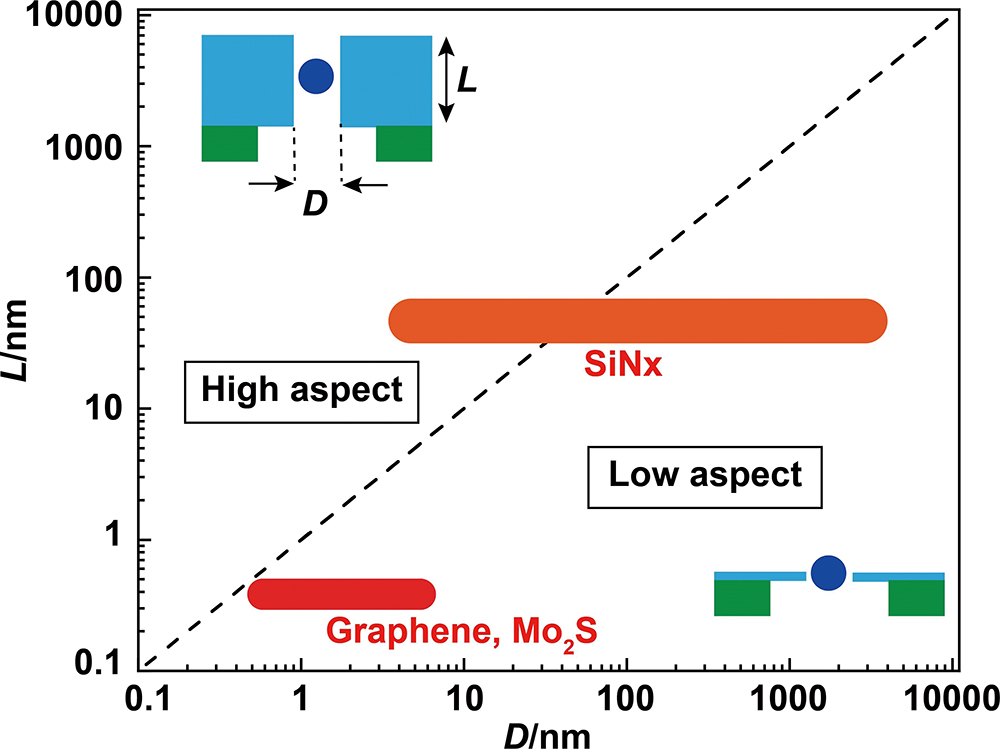- 著者
- Masateru TANIGUCHI
- 出版者
- The Japan Society for Analytical Chemistry
- 雑誌
- Analytical Sciences (ISSN:09106340)
- 巻号頁・発行日
- vol.36, no.2, pp.161-175, 2020-02-10 (Released:2020-02-10)
- 参考文献数
- 107
- 被引用文献数
- 2
Low aspect ratio nanopores are expected to be applied to the detection of viruses and bacteria because of their high spatial resolution. Multiphysics simulations have revealed that the ion current–time waveform obtained from low aspect ratio nanopores contains information on not only the volume of viruses and bacteria, but also the structure, surface charge, and flow dynamics. Analysis using machine learning extracts information about these analytes from the ion current–time waveform. The combination of low aspect ratio nanopores, multiphysics simulation, and machine learning has made it possible to distinguish different types of viruses and bacteria with high accuracy.
- 著者
- Satoshi UEHARA Makusu TSUTSUI Kentaro DOI Masateru TANIGUCHI Satoyuki KAWANO Tomoji KAWAI
- 出版者
- 一般社団法人 日本機械学会
- 雑誌
- Journal of Biomechanical Science and Engineering (ISSN:18809863)
- 巻号頁・発行日
- vol.8, no.3, pp.244-256, 2013 (Released:2013-07-31)
- 参考文献数
- 23
- 被引用文献数
- 3 4
In the present study, we address theoretical approaches for the experimental results to investigate the flow dynamics of λDNA through a nanochannel in which two nanoelectrodes are integrated. In order to elucidate the relationship between the longitudinal ionic current and the electrophoresis of λDNA in the specific micro/nanofluidics, we develop a theoretical model for the macroscopic fluid dynamics in a Lagrangian framework. The measured current change associated with a single molecule translocation through the channel is explained by the principle of the Coulter counter that allowed to predict the conformation of λDNA. We also analyze the local velocity of λDNA passing through a nanoscaled confined channel. A result from the model is in considerable agreement with the experimental observations for the electrophoretic flow of λDNA. The basic knowledge obtained here may be useful in developing electrical methods for controlling the electrophoretic velocity of single-molecule DNA for realizing the nanopore sequencer.
